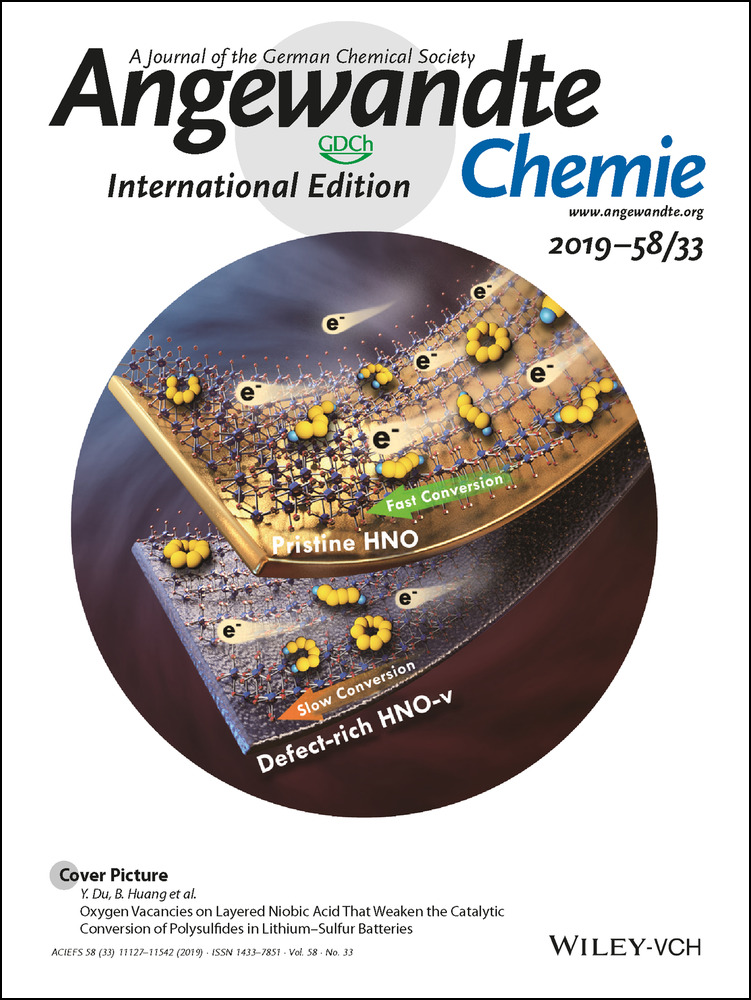Step-Growth Coordination Polymerization of 5-Hydroxymethyl Furfural with Dihydrosilanes: Synergistic Catalysis Using Heteroscopionate Zinc Hydride and B(C6F5)3
Graphical Abstract
In step: The straightforward transformation of 5-hydroxymethyl furfural (HMF) into a polymer is reported here for the first time. This unprecedented step-growth copolymerization of HMF and dihydrosilanes proceeds by a coordination mechanism to afford linear poly(silyl ether)s in the presence of B(C6F5)3 and a heteroscorpionate zinc hydride complex.
Abstract
The utilization of 5-hydroxymethyl furfural (HMF) as a renewable feedstock for polymer synthesis has not yet been achieved as it is structurally asymmetric and contains three active functional groups. Reported here is the unprecedented step-growth copolymerization of HMF and dihydrosilanes, through a coordination mechanism, to afford linear poly(silyl ether)s in the presence of B(C6F5)3 and the heteroscorpionate zinc hydride complex LZnH [L=(MePz)2CP(Ph)2NPh, MePz=3,5-dimethylpyrazolyl]. The adduct B(C6F5)3⋅⋅⋅H⋅⋅⋅Zn, confirmed by NMR spectroscopy and DFT calculations, plays a key role in the synergistic catalysis, where B(C6F5)3 activates ZnH and stabilizes the Zn+ active species, and the sterically bulky ZnH effectively inhibits (C6F5)3B from reacting with dihydrosilane to form (C6F5)3B-H-Si, which facilely initiates ring opening of furan. The mechanism was studied by DFT simulations.





